We all love the great outdoors, but sometimes actually getting out there can be difficult. Perhaps you have limited mobility and find the logistics of experiencing the wider landscape challenging, or maybe the Coronavirus crisis means you don’t feel comfortable travelling. Perhaps you don’t deal well with the cold, or maybe that dream location – and the time and money it takes to get there – feels just out of reach.
We at BBC Countryfile Magazine have always shared wonderful wildlife stories and beautiful landscapes, not only to inspire future trips but also as a means for vicarious adventure.
Our virtual escapes series brings together some of the most awe-inspiring nature and landscape videos from across the UK, meaning you can sit back and relax from the comfort of your home and get your fix of the great outdoors even if you can’t physically be there.
Experience the sights and sounds of the British countryside with our stay-at-home guide to the UK’s most majestic mountain peaks.
Discover more virtual escapes
Our virtual escapes series brings together a collection of spectacular films, taking you on a visual journey through the British landscape. Discover majestic mountains, shimmering shores and peaceful rivers with our virtual escapes.

Cnicht, Gwynedd
The view across the Afon Glaslyn river to Cnicht and the Moelwynion mountains, Snowdonia/ Credit: Realimage , Alamy
Soaring in poetic isolation among Snowdonia’s famed mountains – Tryfan, Glyder Fawr and Carnedd Gwenllian – is Cnicht. Its name, the Anglo Saxon word for ‘knight’, was bestowed on it not by local Welsh people, but by medieval sailors who noted its resemblance when viewed from the sea to a 14th-century bassinet helmet.
Cnicht is so perilous and pointy among the meringue-like swoops and crests that surround it, that it is also known as ‘The Welsh Matterhorn’. At a sixth of the alpine peak’s height, it is rather more easy to climb.
Fly high above this mesmerising mountain and the Moelwynion range with Neil Godlieb's beautiful drone footage:
Suilven, Highland
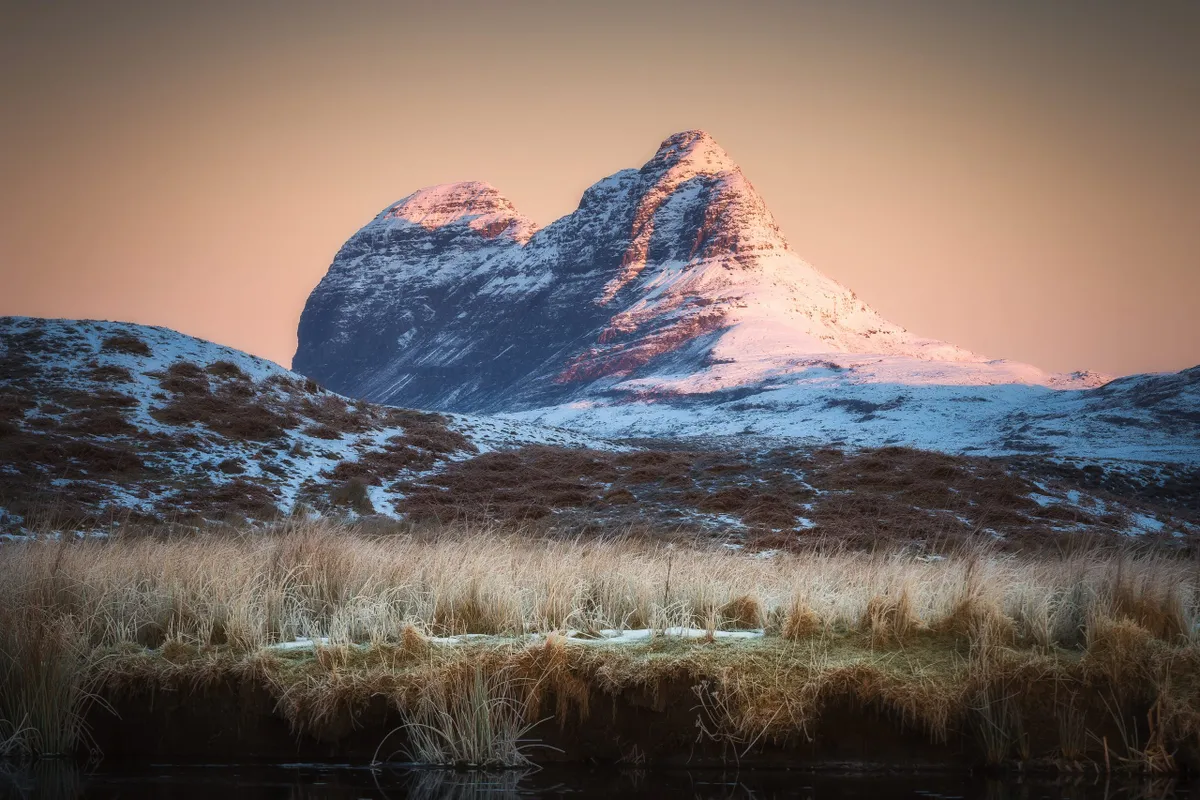
When it comes to summiting mountains, it’s all about perspective. Some are merely rounded bulges, making it easy to pick out an ascent route, even from the bottom. But then there are others – those pesky, pointy numbers – that present a perplexing problem and get us asking, how on earth can we, mere mortals, make it to the top?
Case in point is the Scottish peak of Suilven. At 731m, some 200m shy of the coveted Munro status, Suilven is small by mountain standards north of the border. Yet, certainly from most vantage points, it looks impossibly steep – Suilven means ‘pillar’ in Old Norse, a name bestowed to the peak by the sea-fearing Vikings.
Enjoy Trail Exposure's virtual wildcamp on the crest of this Scottish mountain icon:
Langdale Pikes, Cumbria
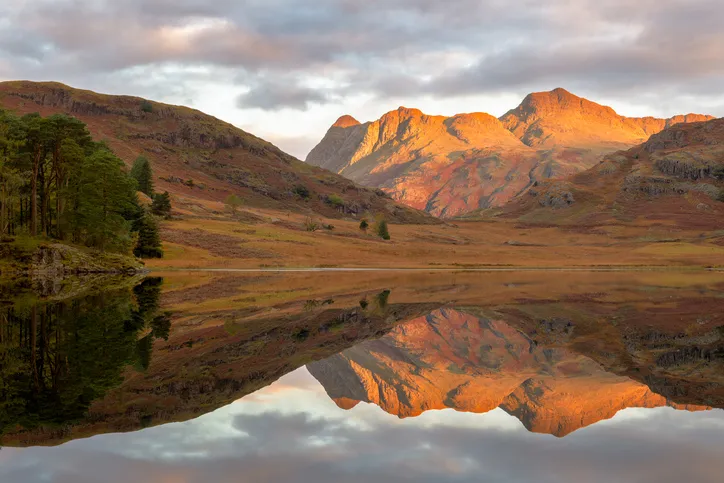
The Langdale Pikes comprise some of the most recognisable fells in the area. Alfred Wainwright wrote of them: “No mountain profile in Lakeland arrests and excites the attention more than the Langdale Pikes.” They loom over the valley like towers of some natural church: Notre Dame redesigned by Gaudí and crafted by geology.
The fells are made of Borrowdale volcanic rock and came into being during an eruption about 450 million years ago.
Explore Langdale's waters, woods and mountains from the air with Lyle McCalmont:
Crib Goch and Snowdon, Gwynedd
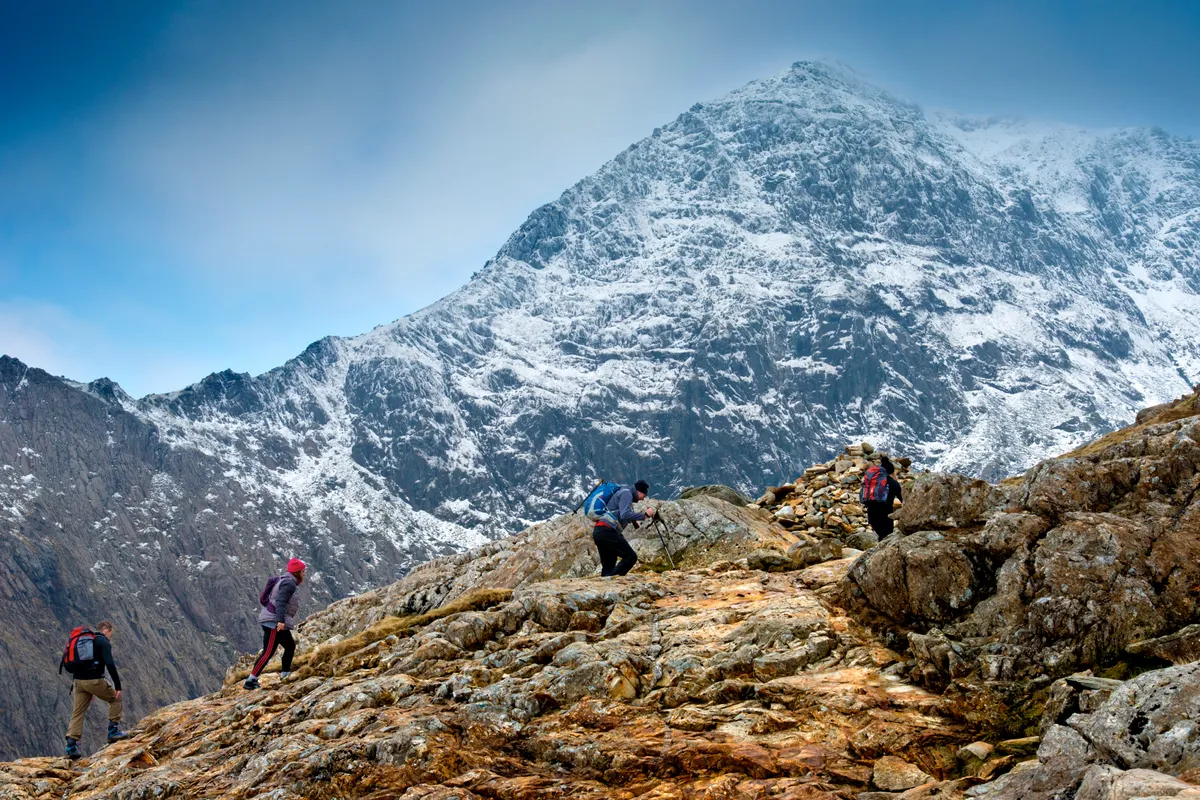
Snowdon (Yr Wyddfa in Welsh) is the highest mountain in England and Wales at 1,085m (3,560ft). The Snowdon range covers 16 square miles and gave birth to Welsh rock climbing in the 19th century.
One route to the summit follows the precarious ridgeline of Crib Goch – sample this knife-edge ridge from the comfort of your armchair with this film by Joshua Paul Gardner:
Cullin Ridge, Isle of Skye
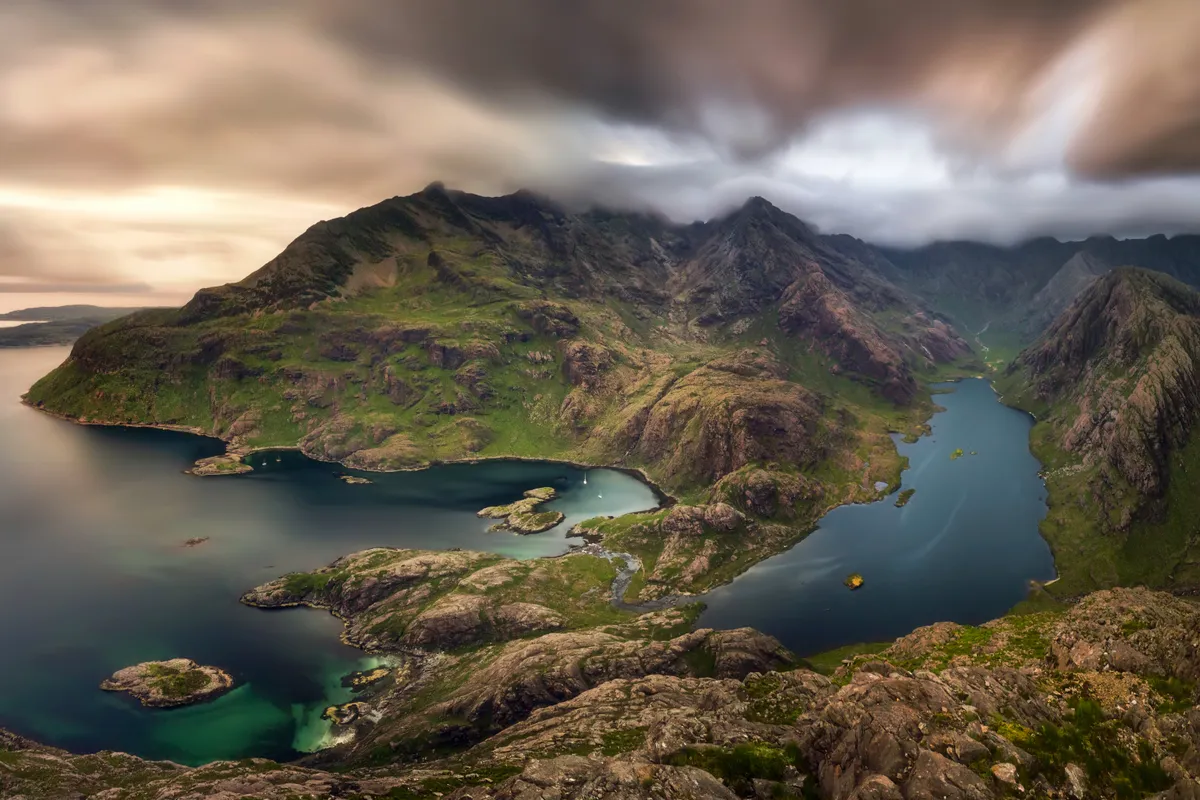
The Cuillin Hills on Skye are considered by many to be the most dramatic mountains in the United Kingdom. If they look fearsome now, imagine what they must have been like at the height of their lava-spewing life in the early Paleogene era, around 65 million years ago.
The Black Cuillin Mountain itself is a particularly awe-inducing sight, making it the most impressive former volcano on these islands.
Watch Scottish trials cyclist Danny Macaskill traverse the the ridge by bike with this film by Cut Media:
Ingleborough, Yorkshire

Ingleborough (723m) is the highest of the Yorkshire Dales’ Three Peaks and has always been a favourite among hill walkers. It is the second highest peak in the Yorkshire Dales, a mountain pockmarked with cavernous sinkholes, rumbling rivers and labyrinthine limestone paving.
Take in a slow journey with Connor French over the Yorkshire mountain:
Cadair Idris, Gwynedd
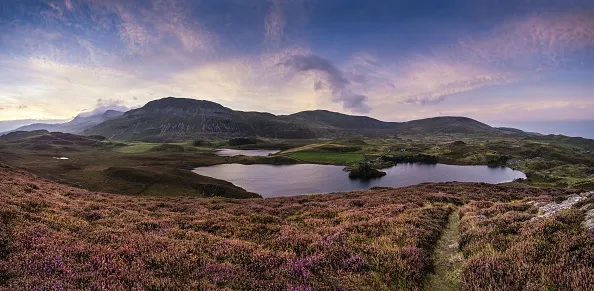
Rising from a landscape of lakes, heather moorland, tumbling streams, pastures and an almost Arcadian forest is one of Snowdonia's most striking mountain peaks – Cadair Idris.
Halfway up the mount, beneath a precipice often veiled in cloud, is Llyn-y-Cau. The lake lies in a glacial cirque scoured by retreating ice and dammed with gravel. Winter here brings peregrines and big weather, although the sense of the sublime is year-round.
Rise to the summit of Cadair Idris via the Cyfrwy Arete with this spectacular aerial adventure from Joshua Paul Gardner:
Ben Nevis, Highland
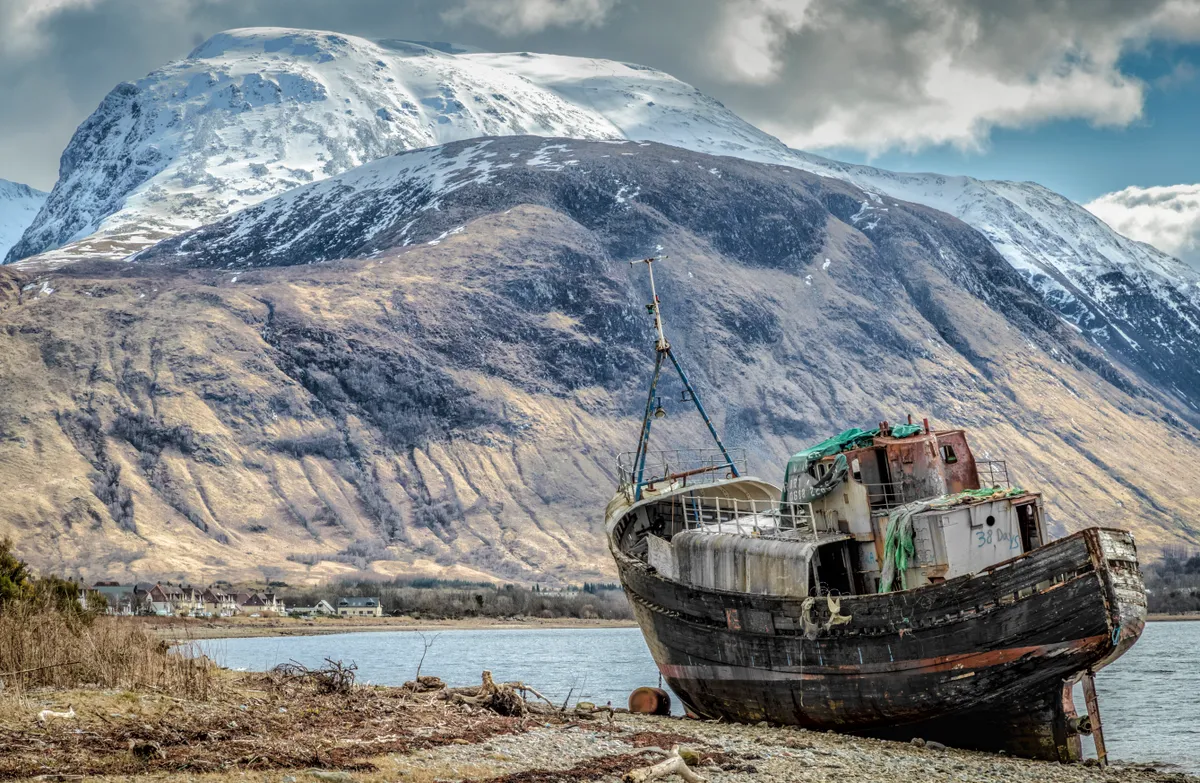
Scotland’s highest mountain was also once a large and active volcano. During one extreme eruption in the Carboniferous period it caved in and destroyed itself. All that remained is the collapsed inner dome of the volcano, which we know now as Ben Nevis. Scientists believe the explosion would have been in the same league as Snowdon’s eruption.
Soar high above the mountain with this incredible drone film by Rob Johnson:
Great Gable, Cumbria

At the head of Ennerdale Valley an utterly spectacular amphitheatre of high fells dominate: Pillar, Steeple, Kirk Fell and Great Gable. The latter, standing at 899m, gets its name from its pyramidal shape. It is one of the most popular fells in the Lake District, with numerous routes leading to its boulder-strewn summit.
This atmospheric drone footage by Pete Archer captures the iconic mountain after a flurry of snowfall:
Slieve Bearnagh and Slieve Meelmore, County Down
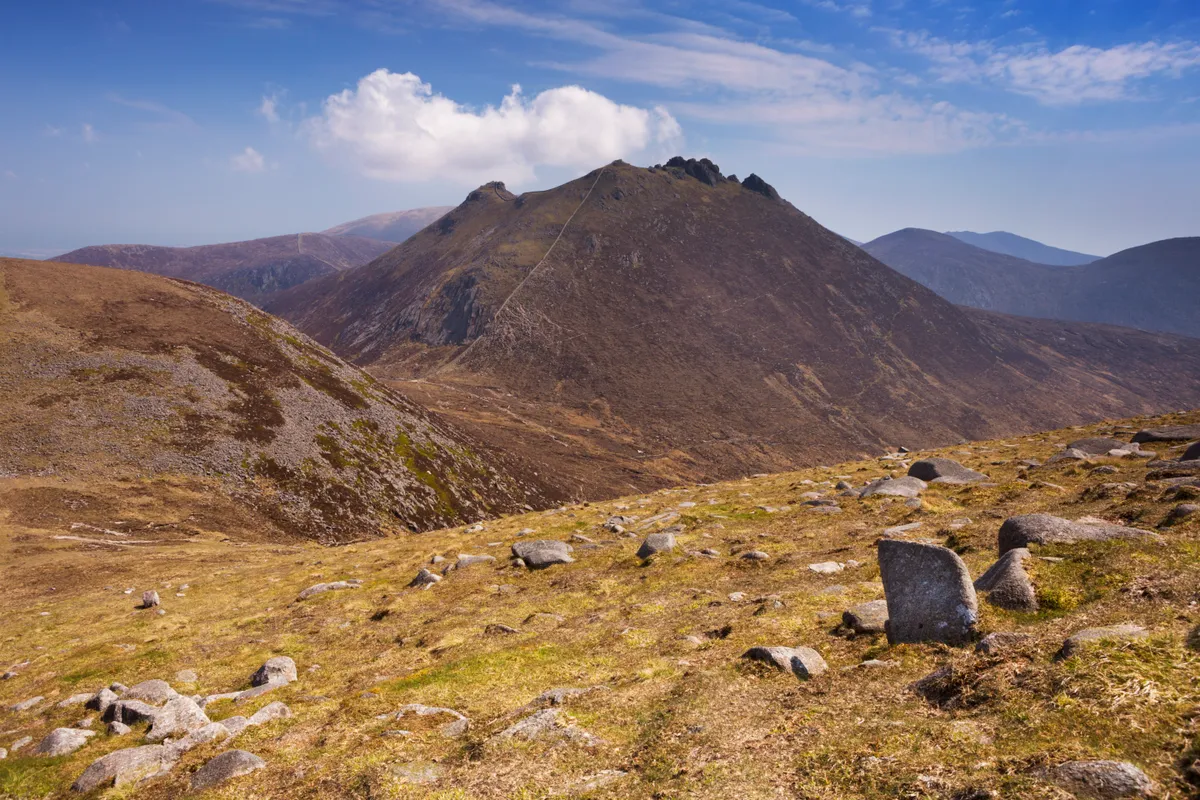
The Mountains of Mourne loom large behind the resort town of Newcastle in Northern Ireland. The beaches and dunes here are superb for walking, but Newcastle’s jewel in the crown sits inland; a fulfilling circuit of two of the Mournes’ most notable summits, Slieve Bearnagh (739m) and Slieve Meelmore (682m).
Hanging over the beautiful Happy Valley, Slieve Meelmore – Irish for ‘big bare mountain’ – lives up to its name. It’s a naked, whale-backed wonder of a peak, offering remarkable views right across Ulster to the distant Sperrin Mountains, way beyond the glistening inland waters of Lough Neagh. Its neighbouring summit Slieve Bearnagh (‘gapped mountain’) is arguably more spectacular still – truly one of Ireland’s natural wonders.
Journey peacefully through the Mourne Mountains, from its green valleys to its high, rugged peaks with this relaxing film by Ciaran Cassidy: